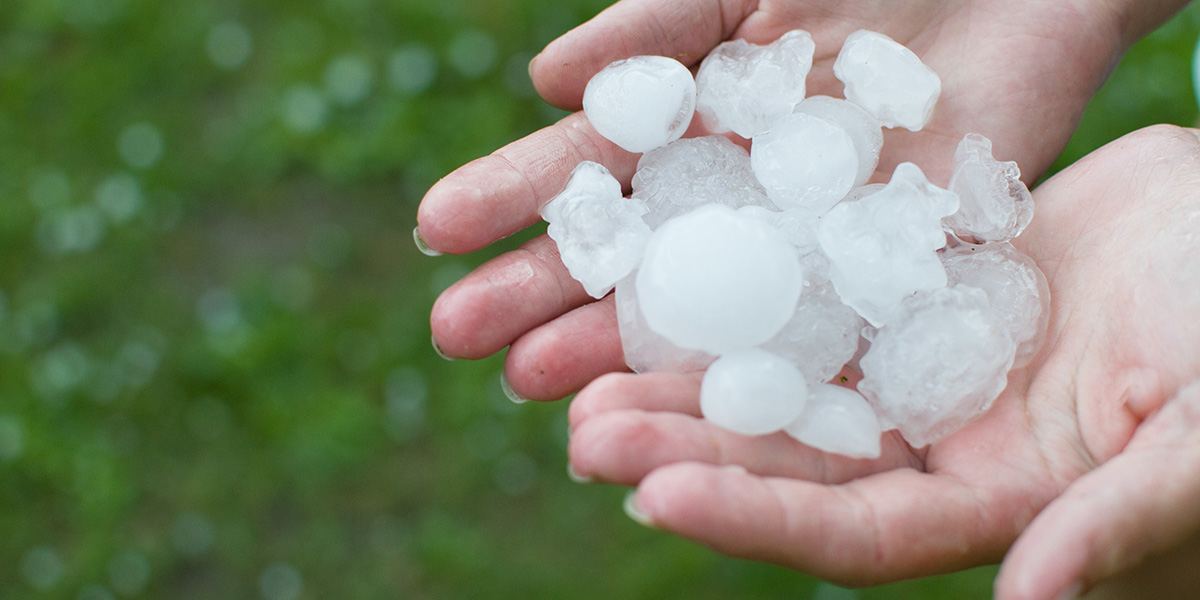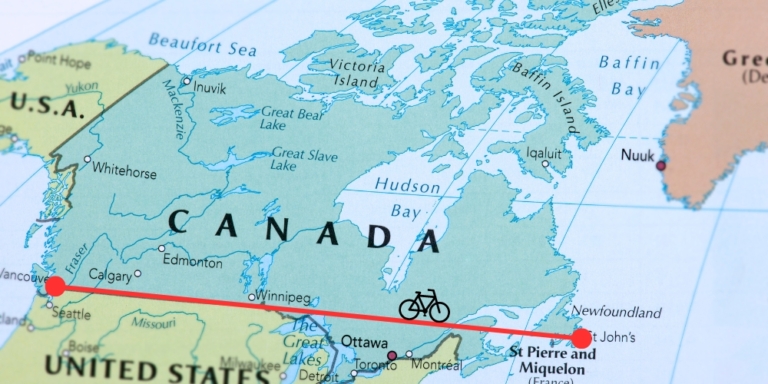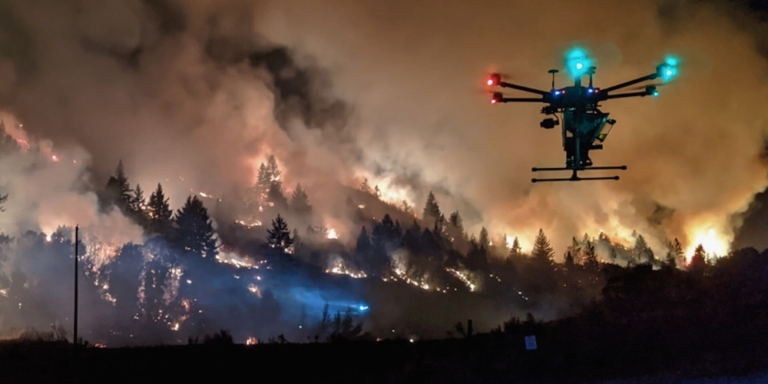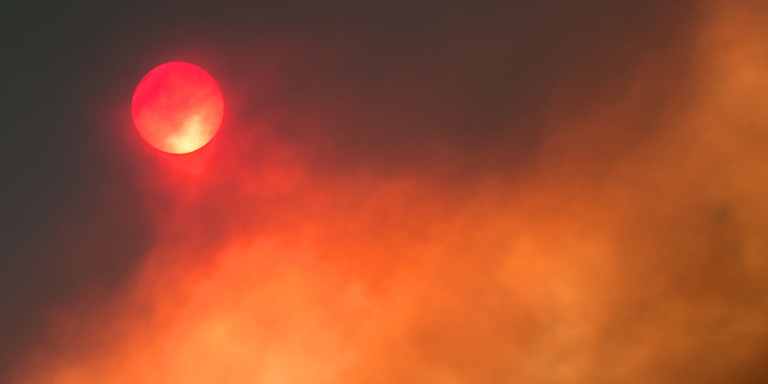Yes, Alberta is Canada’s number one spot for hail. The region gets the most intense and destructive hailstorms than anywhere else in the country.
Here is another thing you probably didn’t know. Since 2018, Alberta insurance companies have paid almost $4 billion in severe weather claims. These are claims made when an insured party’s property is damaged by extreme weather.
For example, most home insurance policies cover damages caused by unexpected events like wildfires, tornadoes, ice, and hail.
South and central Alberta are part of Hailstorm Alley, where hailstorms are frequently produced. This area stretches from High River in southern Alberta, northward through Calgary, Red Deer to Lacombe and then westward to Rocky Mountain House.
Calgary sits smack dab in the middle of Hailstorm Alley and has had five damaging hailstorms between 2010 and 2020.


In 2020, a southern Alberta hailstorm caused more than $1 billion in damages, resulting in over 70,000 claims. This was Canada’s most expensive hailstorm and the fourth most expensive natural disaster.
But what if insurance companies in Alberta could control the weather?
Thanks to the efforts of the Alberta Hail Suppression Project (AHSP), they can. Kind of.
The AHSP program is funded by the Alberta Severe Weather Management Society, a non-profit group established by some of the province’s biggest insurance companies.
“We’re funded by insurance (companies in Alberta), and they haven’t been disappointed…It’s many, many insurance companies, and our board of directors are all insurance people,” program director Terry Krauss told CTV News.
The project relies on five aircraft based in Calgary and Red Deer to patrol and seed clouds as thunderstorms approach to prevent large hail from forming.
Hail is created when tiny ice particles stay in the thunderclouds where there is very cold cloud water. The cold water freezes around these ice particles, making them bigger.
When a massive storm is spotted, AHSP pilots at the Springbank and Red Deer airports operate their twin-engine King Air C90 cloud-seeding aircraft.
Cloud seeding is a type of weather modification that aims to change the amount or type of precipitation that falls from clouds. For example, China uses cloud seeding to increase the amount of rain in dry regions.
Increasing rainfall is accomplished using cloud seeding planes, like the King C90, that release silver iodide particles into a cloud to act as fake ice particles. These small ice-like particles compete with natural ice particles for the supercooled water in the cloud, forming more hailstones that are smaller in size.
This process continues until the droplets are heavy enough to fall as precipitation. Regarding hailstorms, water droplets turn into thousands of small hailstones.
This prevents the water droplets from developing into large and destructive hail. A pellet-sized piece of hail causes much less damage than the alternative.
Terry Krauss, the Director of the AHSP project, told the Globe and Mail that recorded radar data shows the system works. “We absolutely show reductions in the intensity” of storms after seeding, he said. “However, Mother Nature can provide some unusual situations.”
For example, the largest hailstone recorded at 123mm in diameter was collected in 2022 during a hailstone in Makerville 35 km southwest of Red Deer.
According to Robin Cox, a professor at Royal Roads University studies disasters and how to deal with them, there will be fewer hailstorms in North America. However, she said that the hailstones that do form are likely to be bigger on average because climate change is causing the air to hold more moisture.






